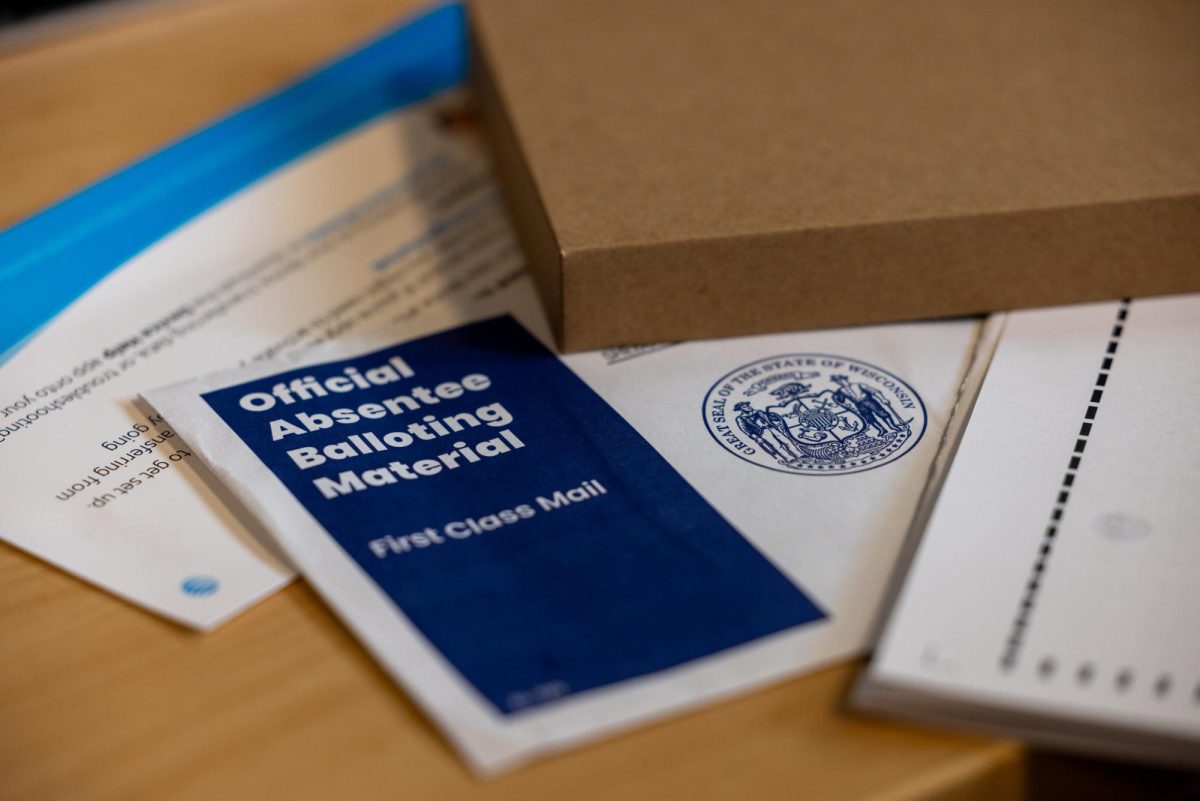The University of Wisconsin will receive $6.1 million in
royalties from the Big Ten Network by the end of the 2007-08 academic year,
Chancellor John Wiley said Friday.
UW Athletics will receive 70 percent of the sum, and the
rest will be divided between need-based financial aid and the library system.
UW has already received its first quarterly check from BTN, Wiley said, and the
rest should come throughout the year.
"With our 30 percent, the campus decided to allocate about a
little over $1.3 million this year to student financial aid and the rest to the
library system, and we did that because need-based financial aid is one of our
very highest programs," Wiley said.
The $1.3 million will amount to a 20 percent increase in
UW's institutional need-based grants, Director of the Office of Student
Financial Services Susan Fischer said in a statement Friday.
“We look forward to continuing using the funding in the
coming years to keep access to UW-Madison a reality for those whose academic
abilities exceed their economic means,” Fischer said.
Wiley said the library system was picked as the second
recipient of the revenue because the administration wanted to "benefit the
campus in very broad ways." The libraries will be receiving more than $440,000
throughout the year, according to Ken Frazier, director of the General Library
System.
In a statement Friday, Frazier said the library will
"maintain access to up-to-date electronic collections and databases" and
improve the study space environment.
"We need to support the service programs that help students
develop research skills," Frazier said. "This funding will make a huge
difference.”
According to Vince Sweeney, associate director of athletic
communications, the department is still evaluating the possible uses for the
funds, but already has an idea of how the money will be used.
"We're looking at weight training centers, sports medicine
and academic service areas," Sweeney said. "[We’ll] see if there's a way in
which we could utilize some of those funds for the so-called non-revenue
sports, such as women's hockey."
Wiley said athletics has also chosen to invest part of its
revenues in academic support for athletes.
"Their highest priority is for the student-athlete to
graduate at a rate higher than as the campus as a whole," Wiley said. "That's a
very high standard. One year they actually did. The graduation rate for student
athletes was 88 percent, higher then the student body as a whole."
Wiley added the current campus graduation rate is about 80
percent, and it is measured by following incoming freshmen for a total of six
years from their initial enrollment date.







